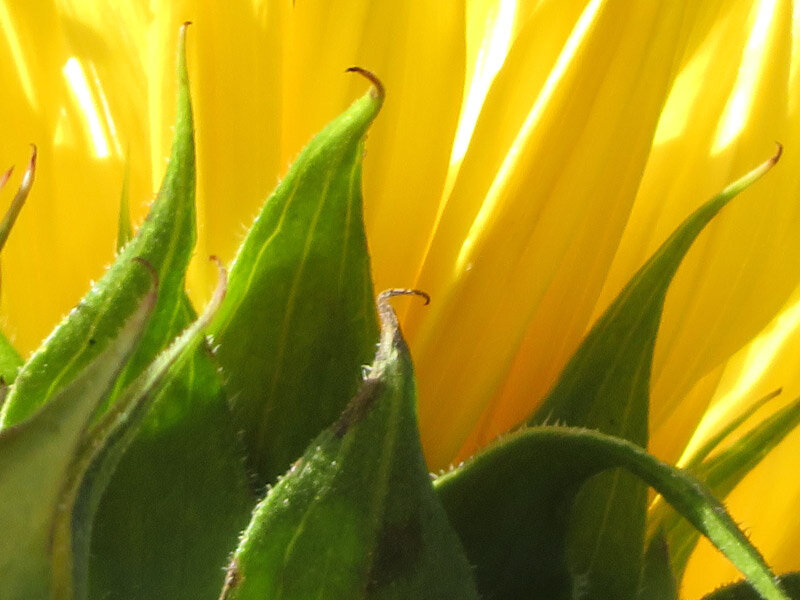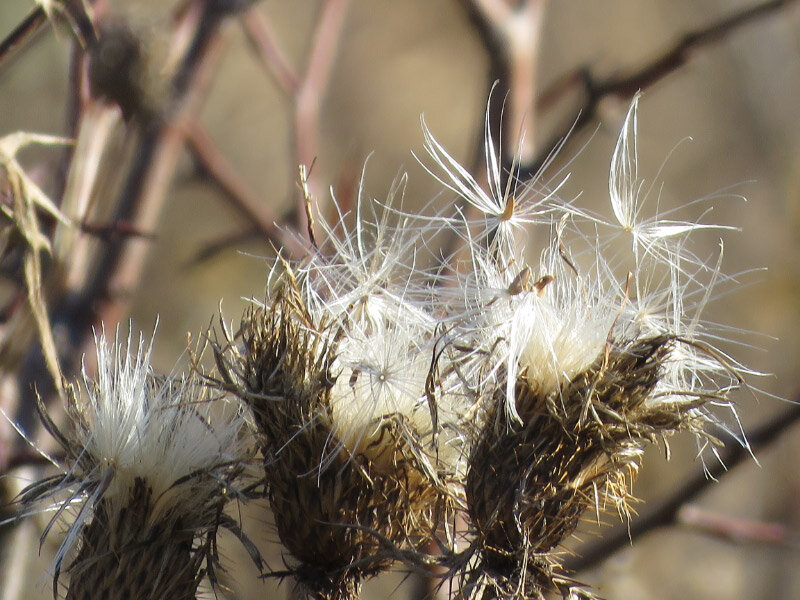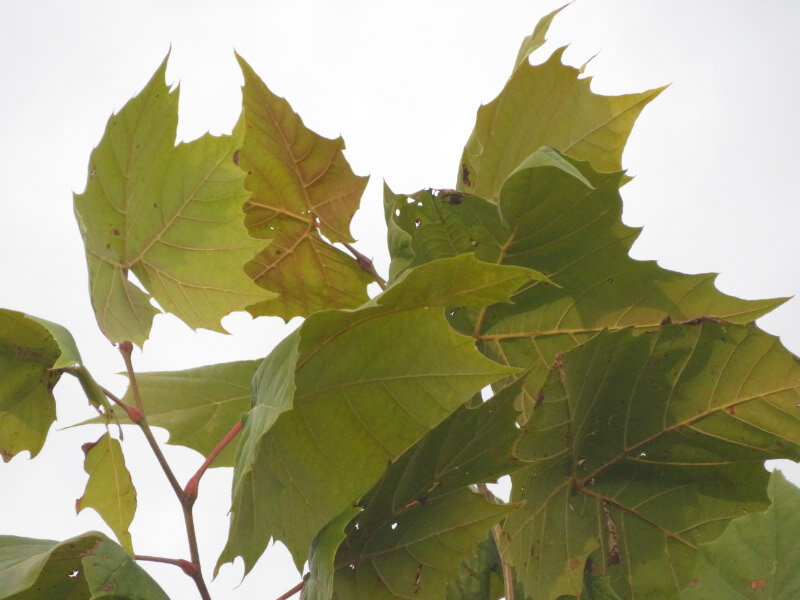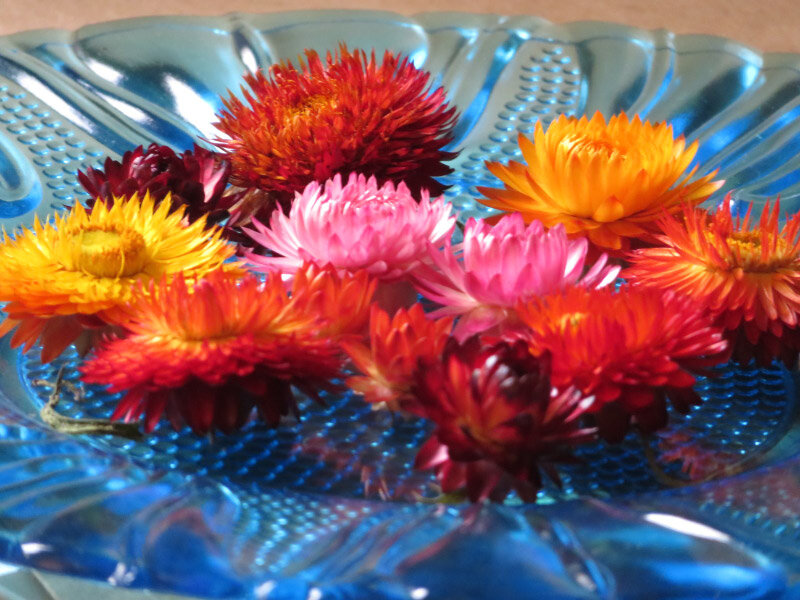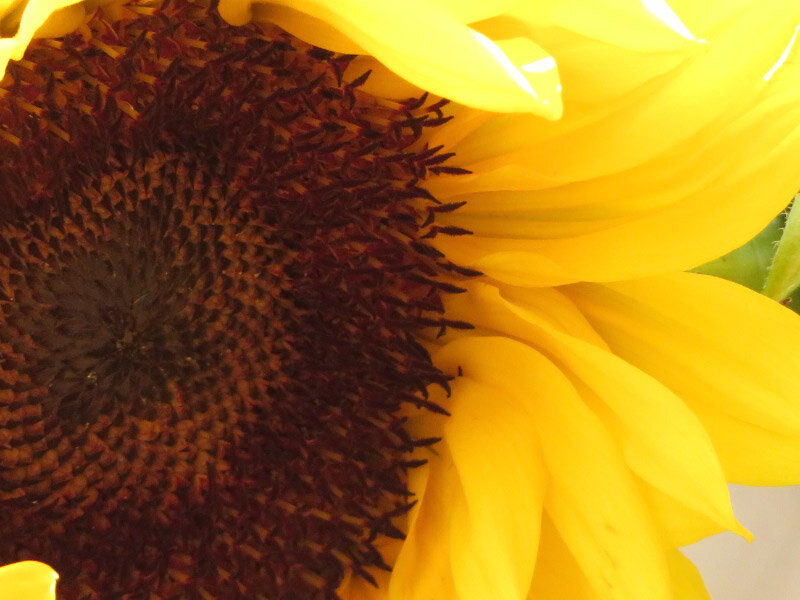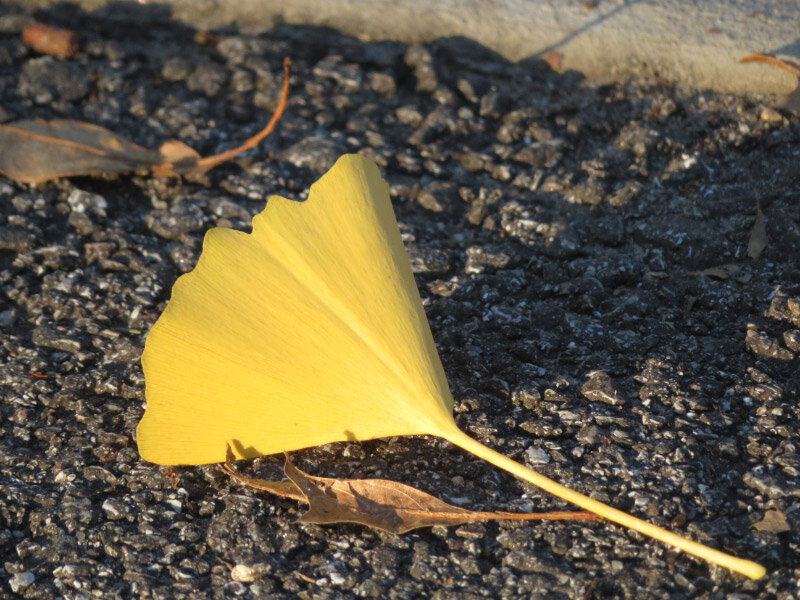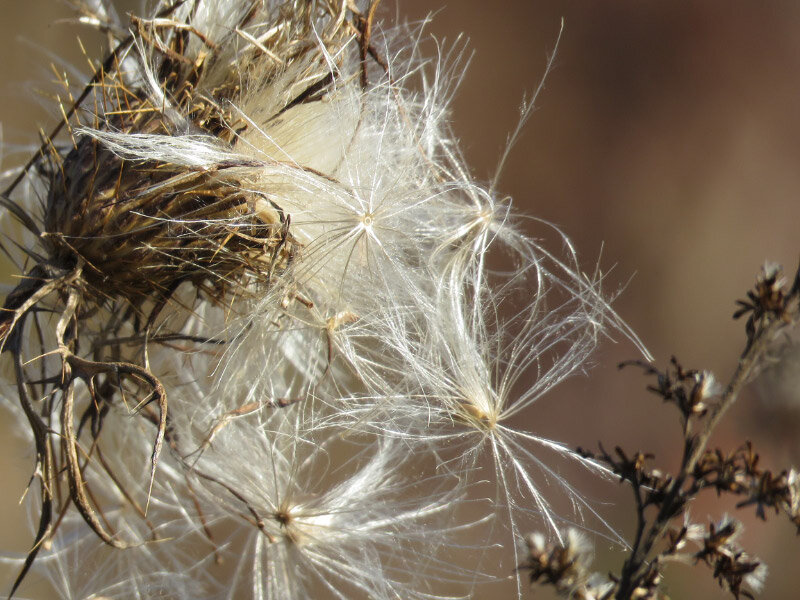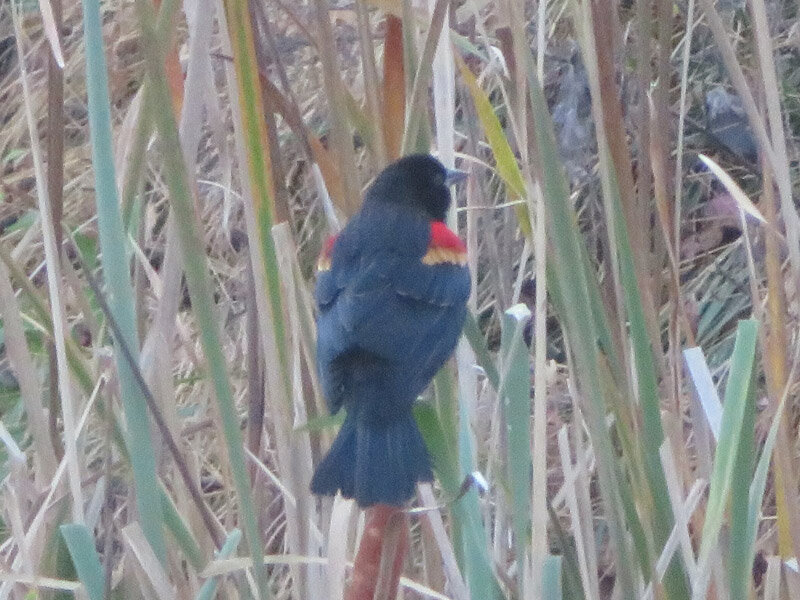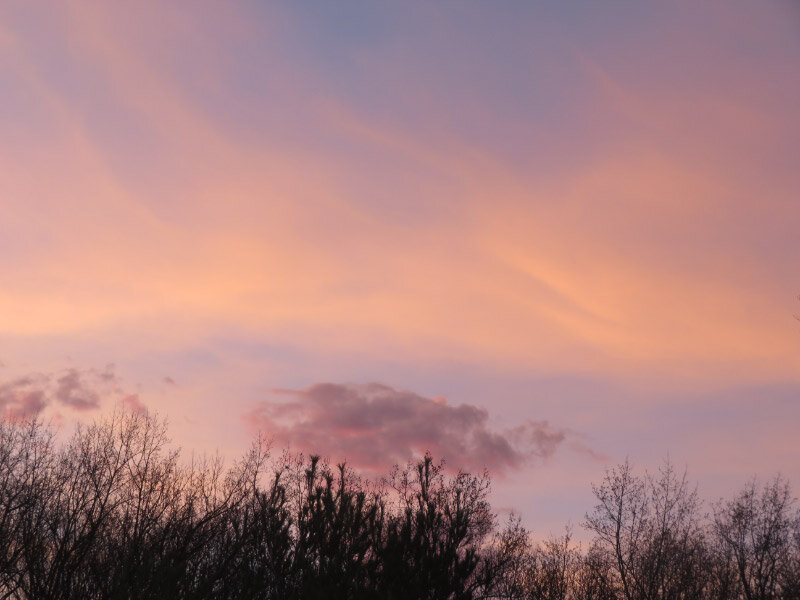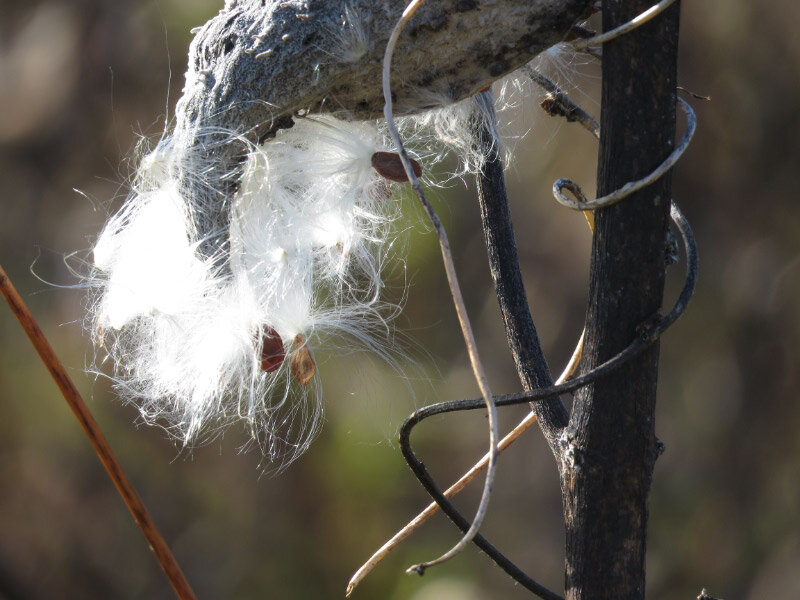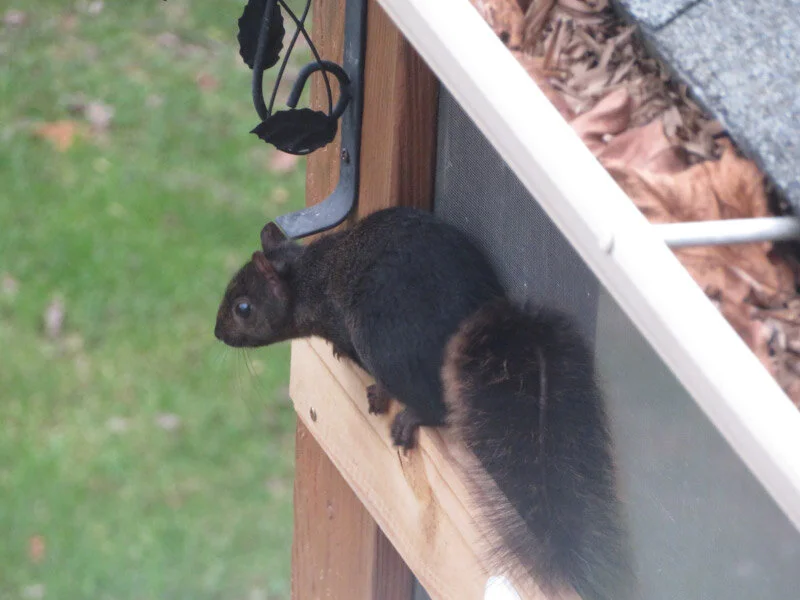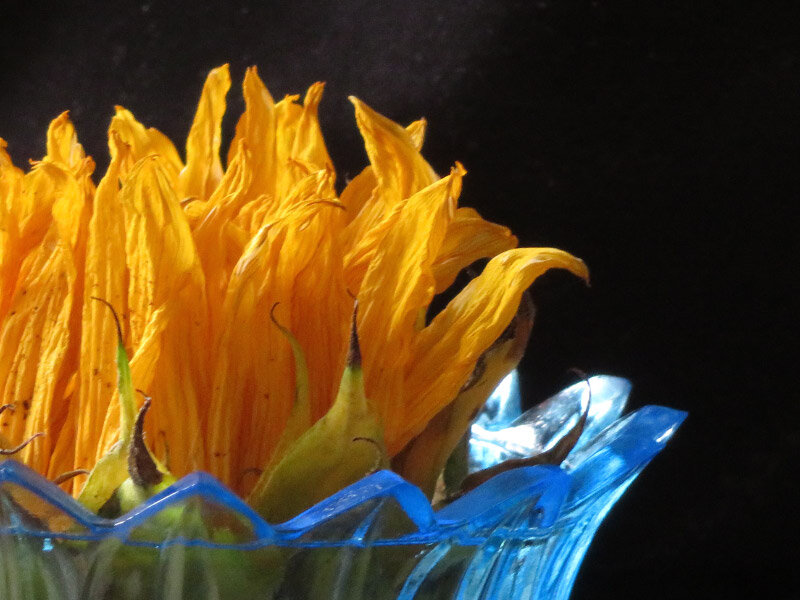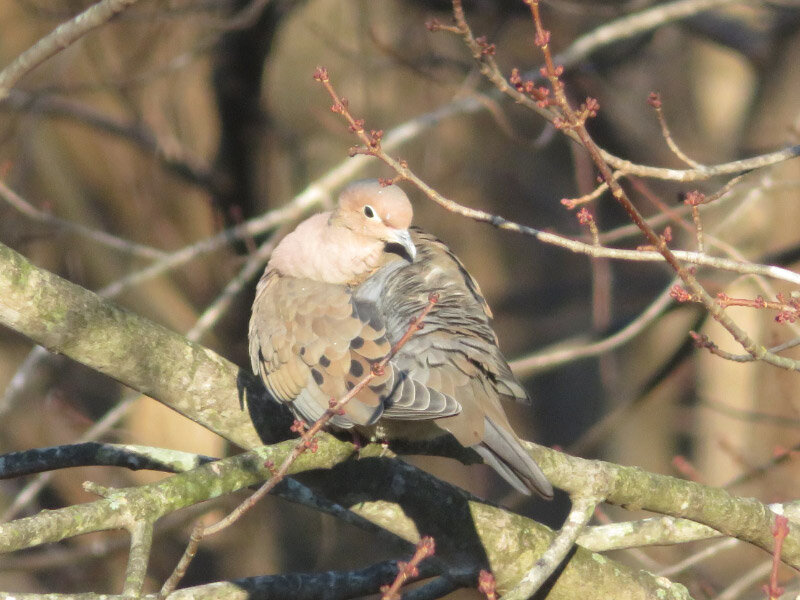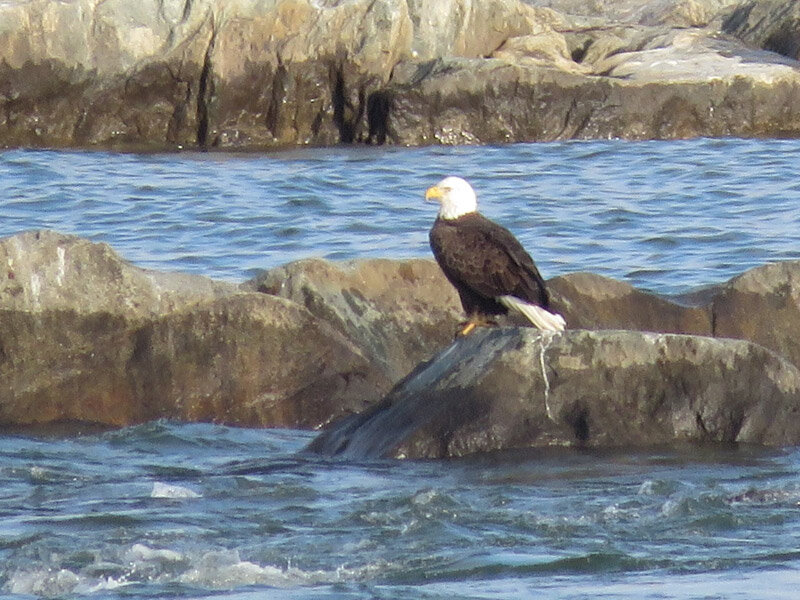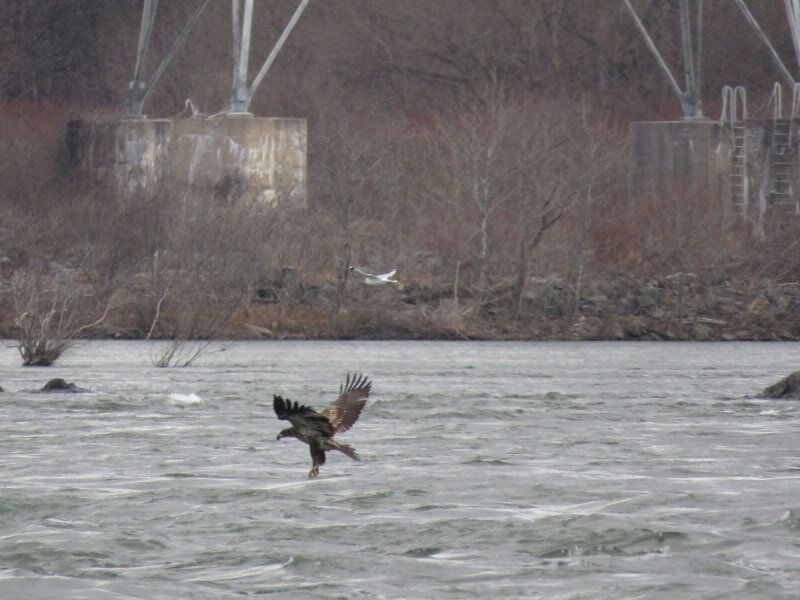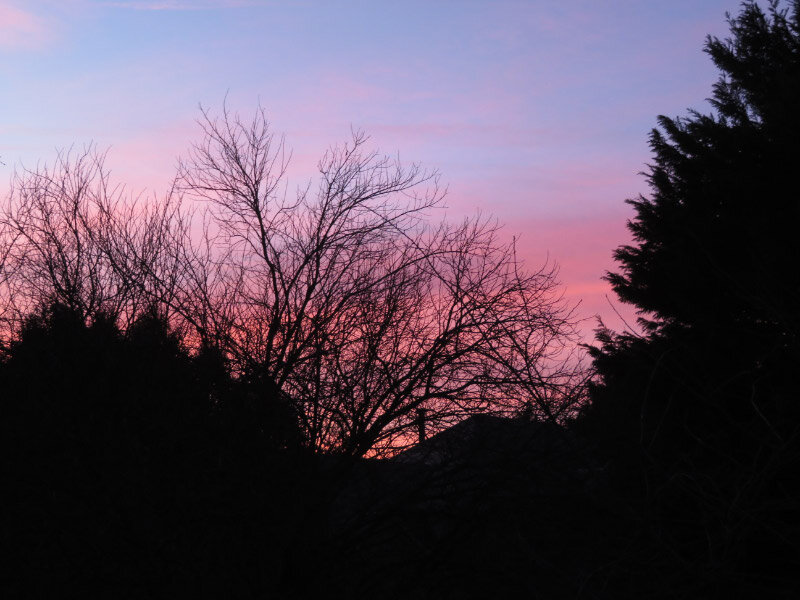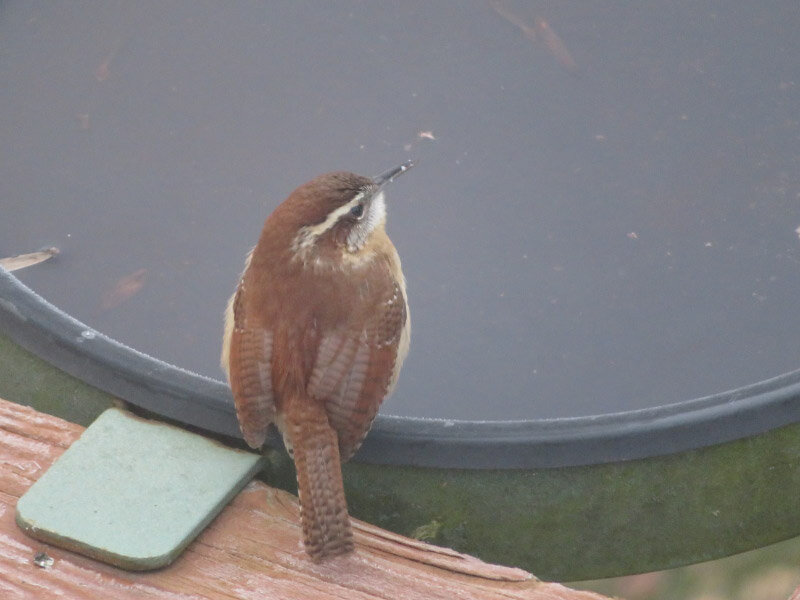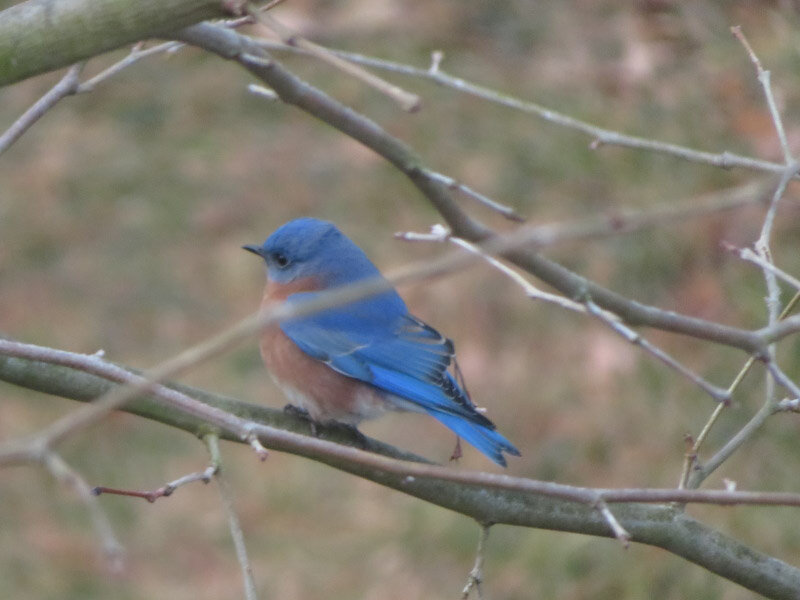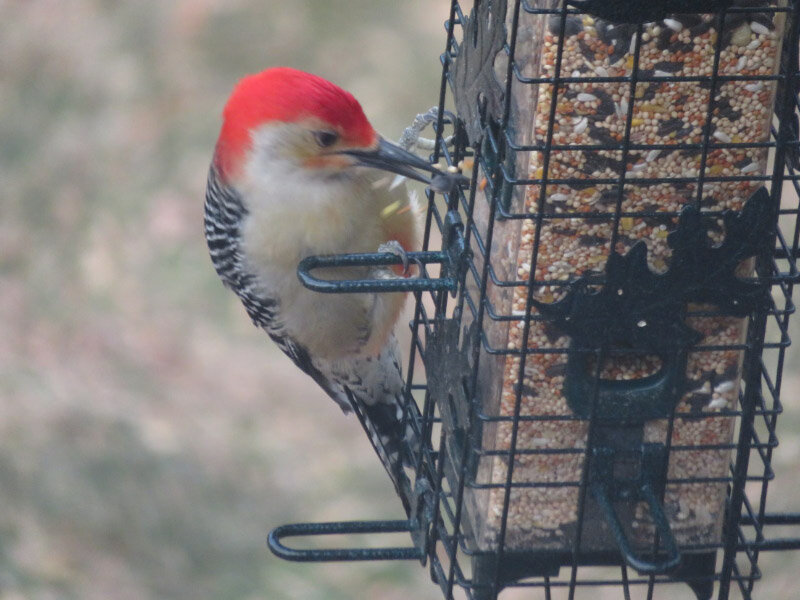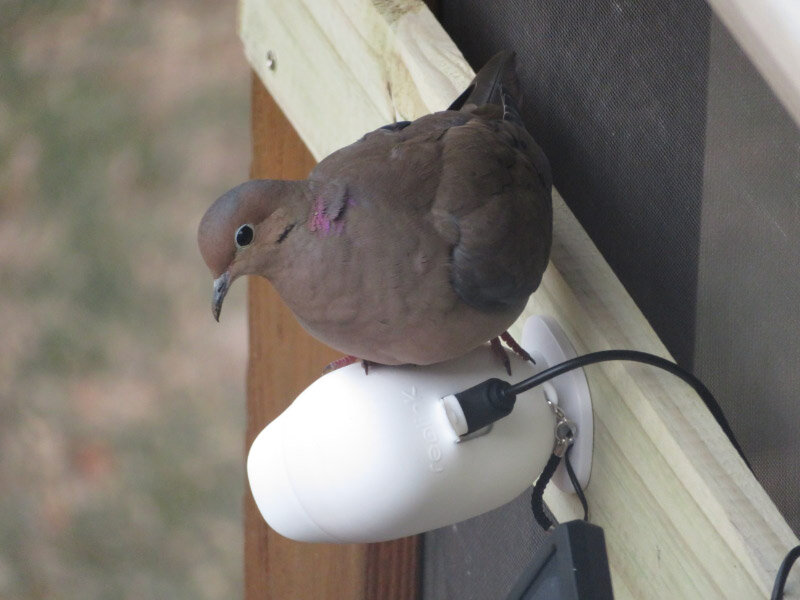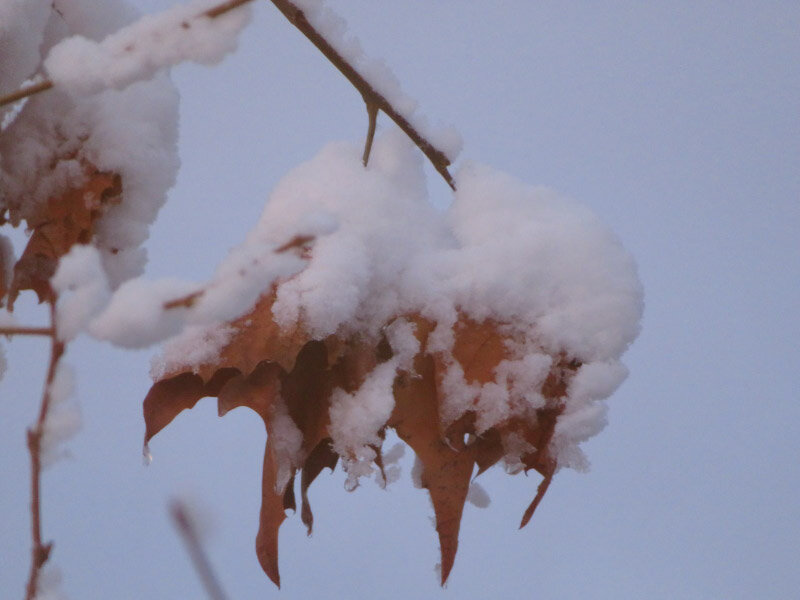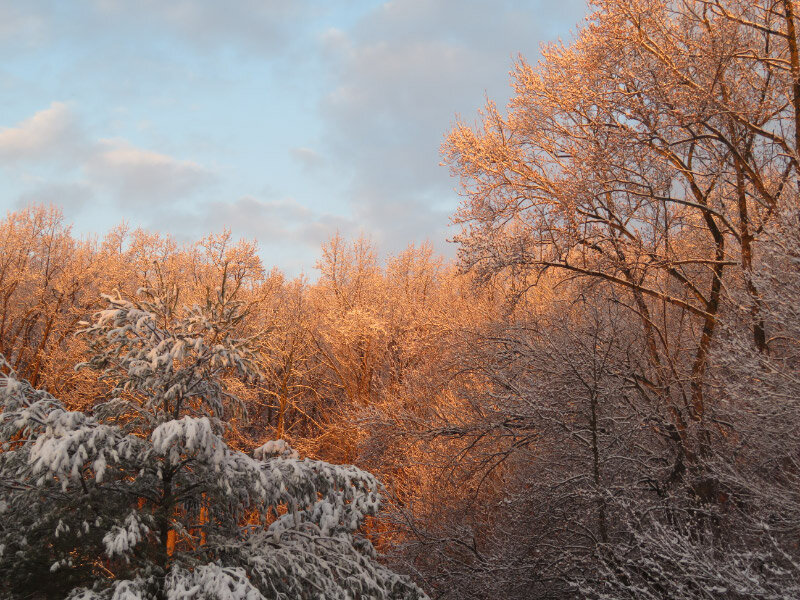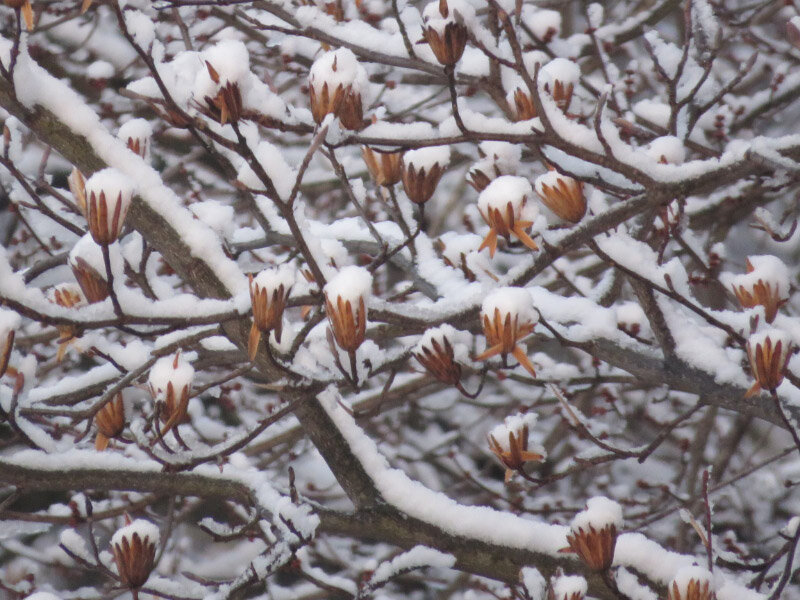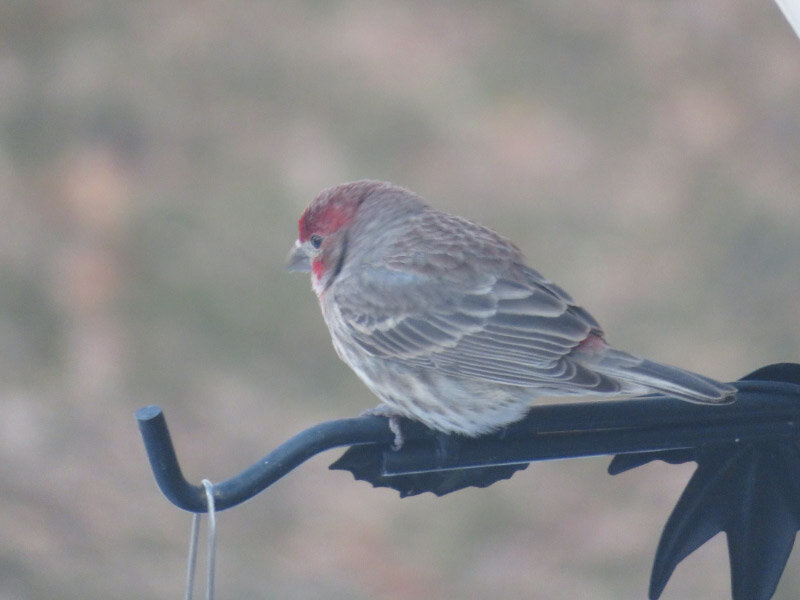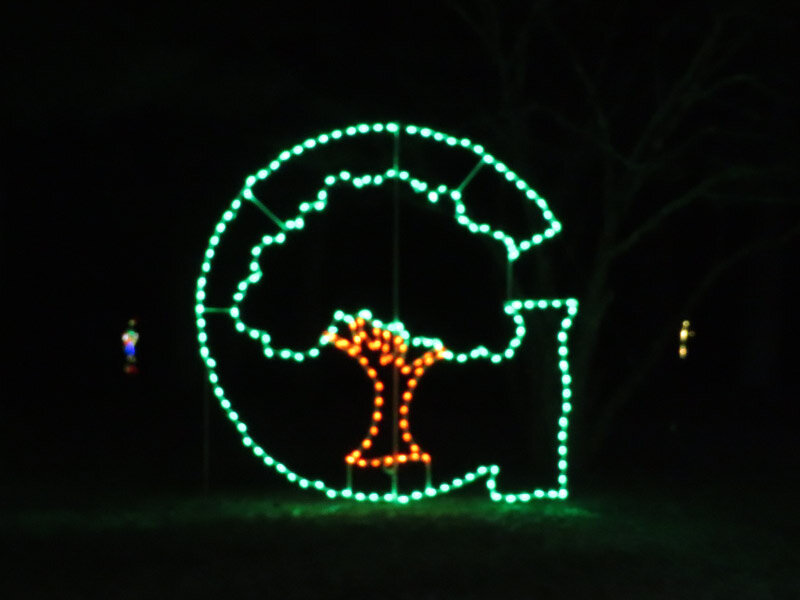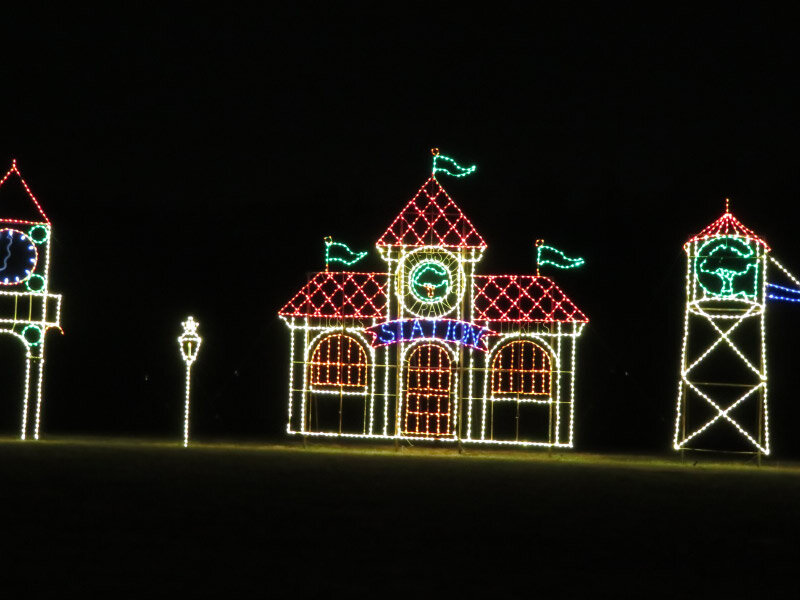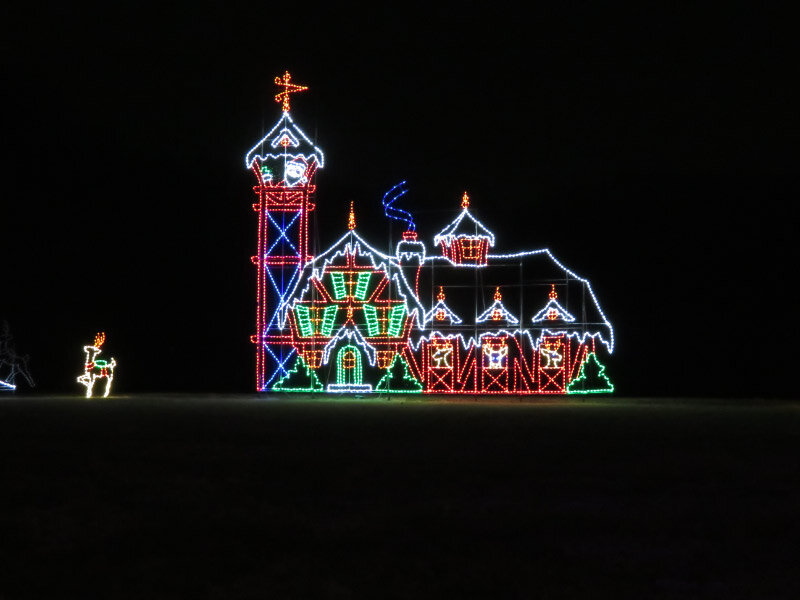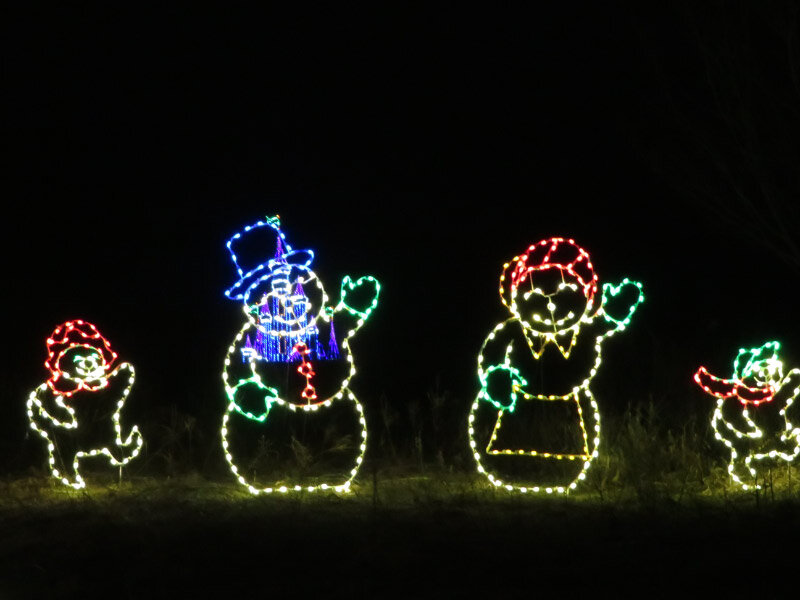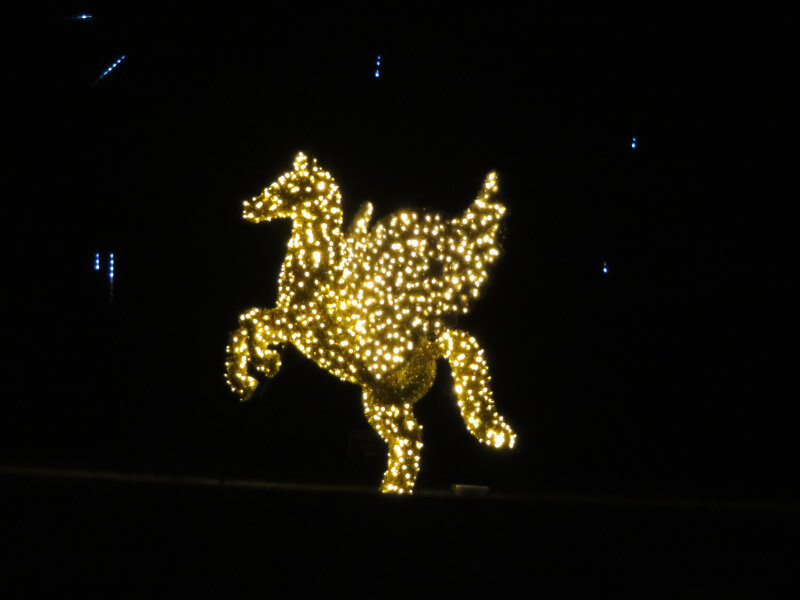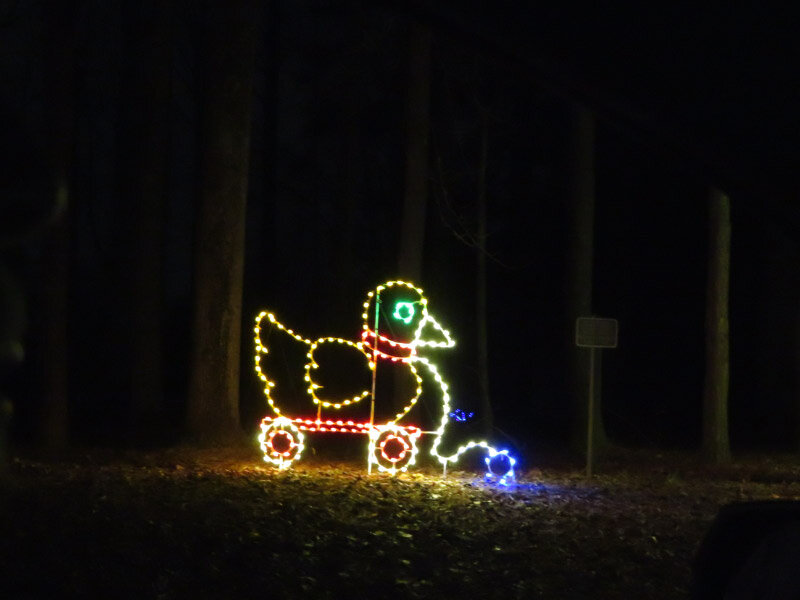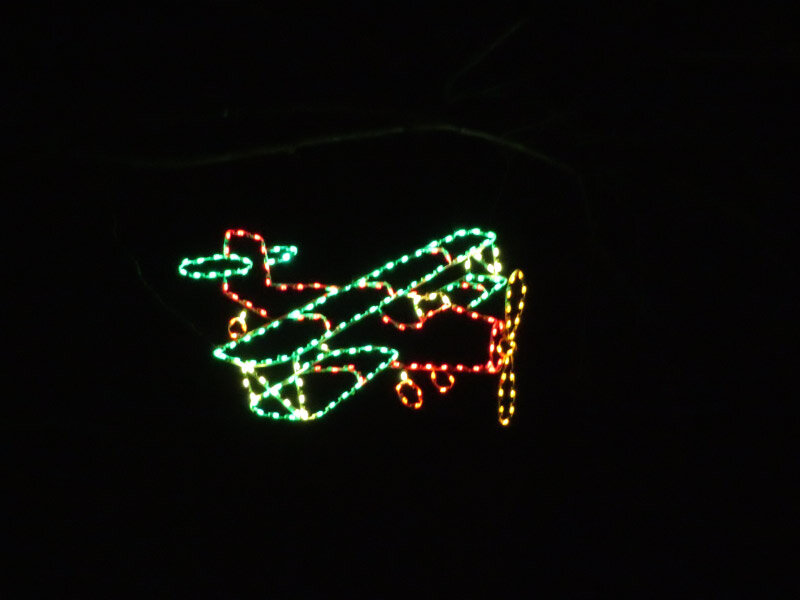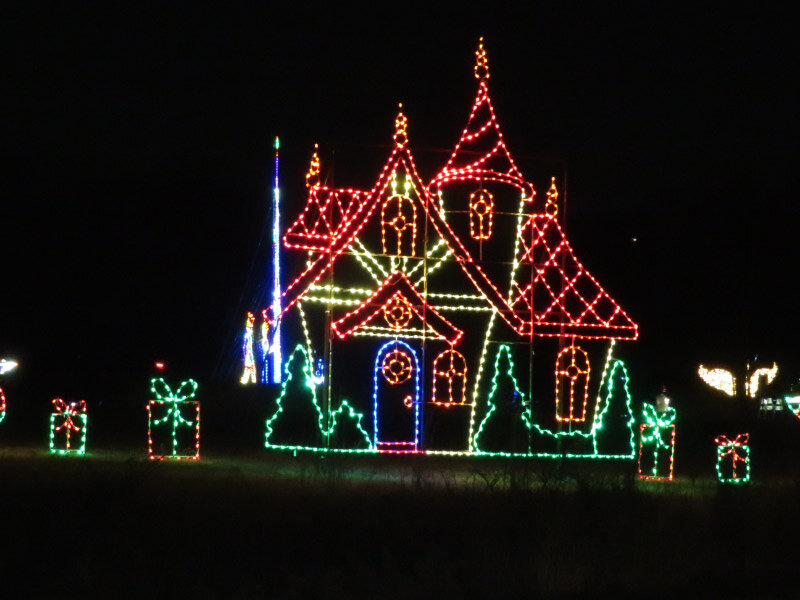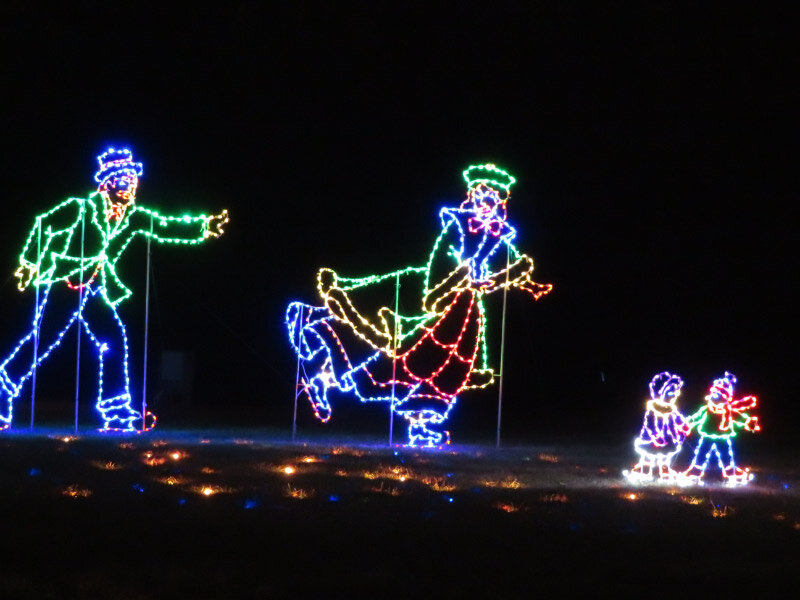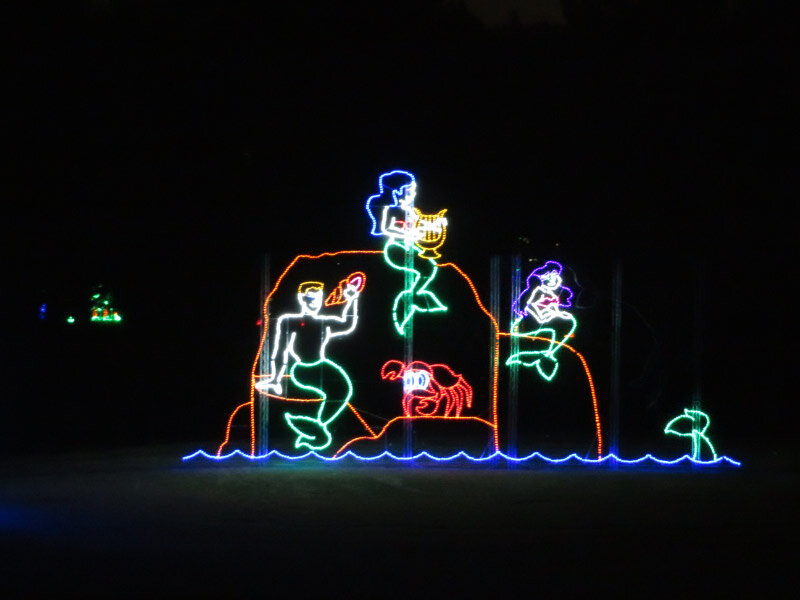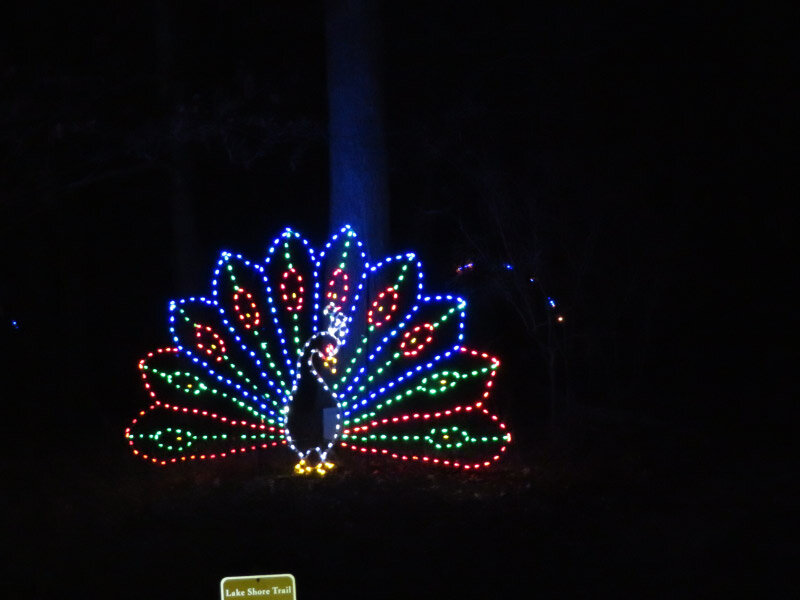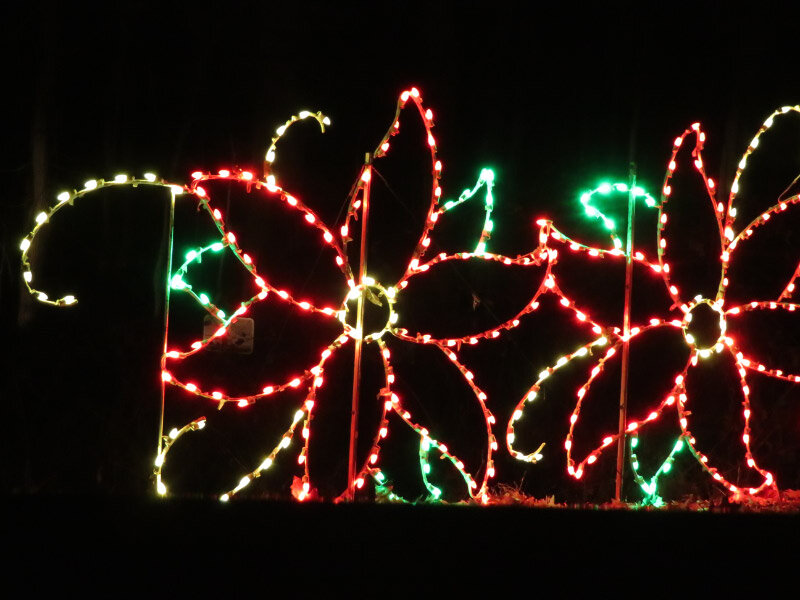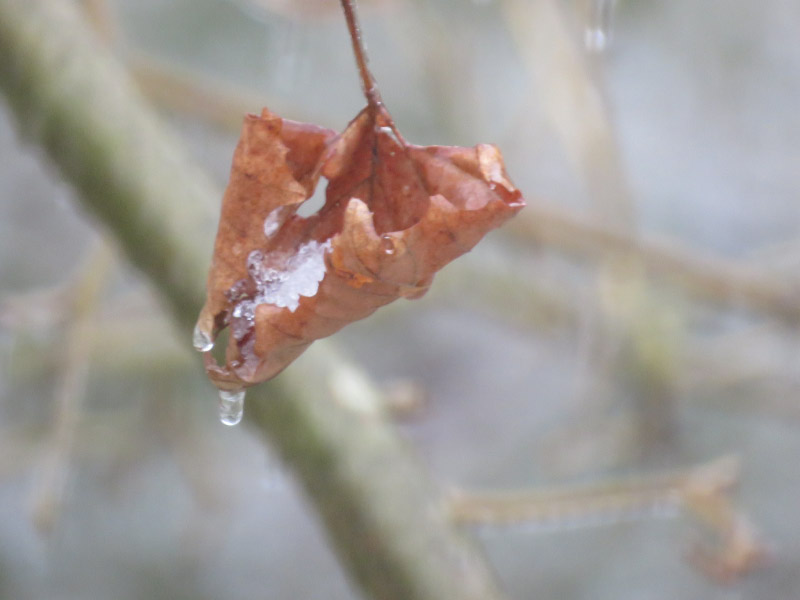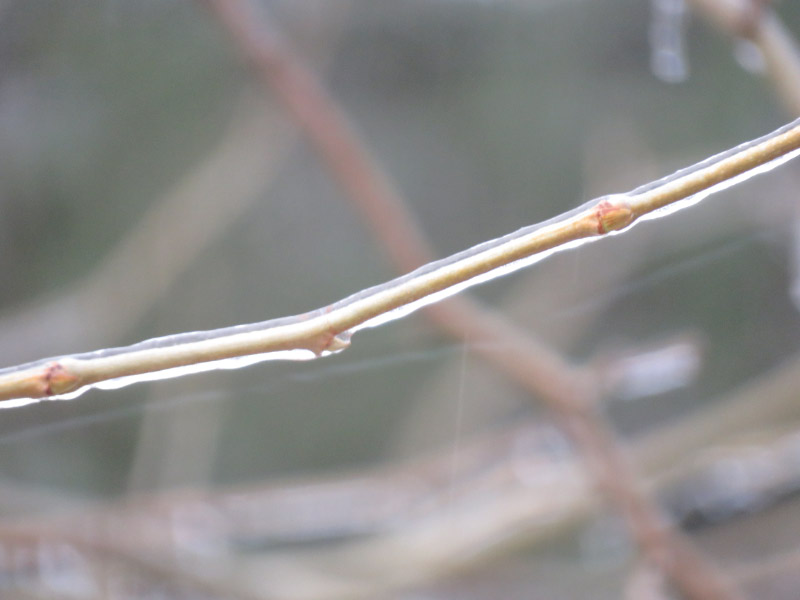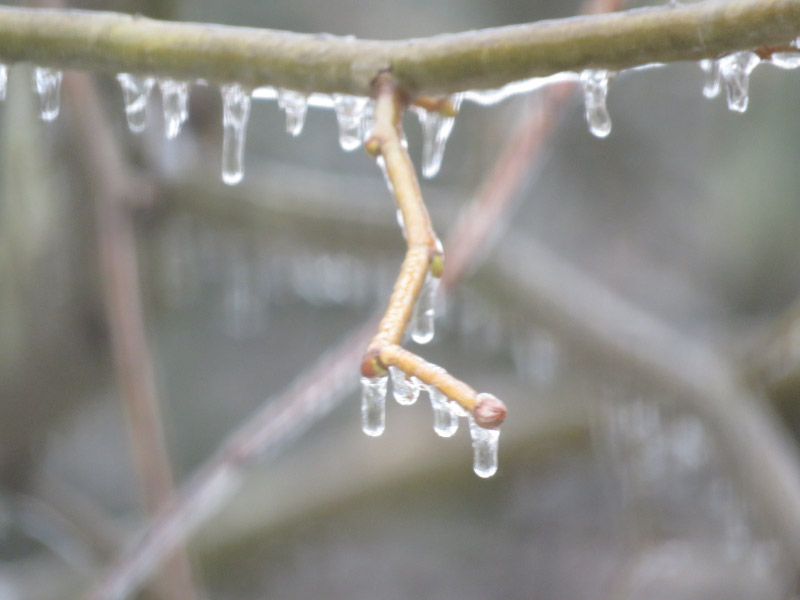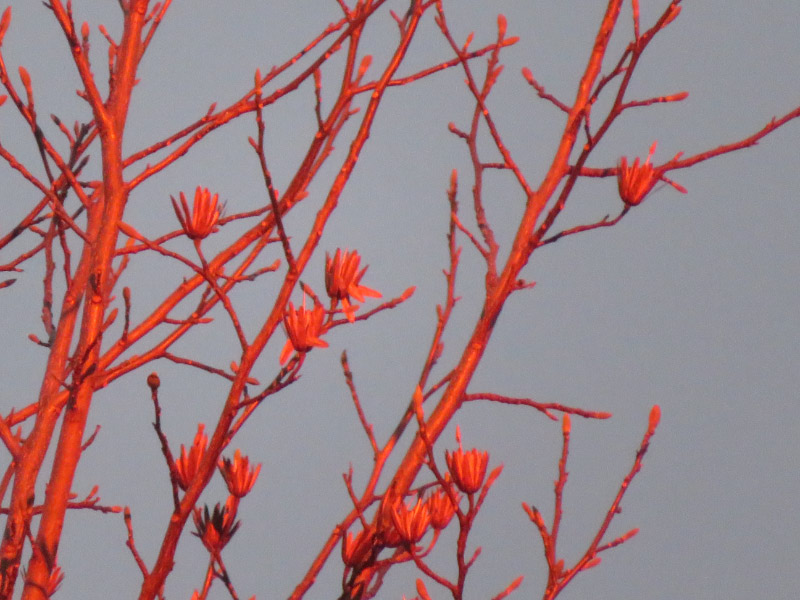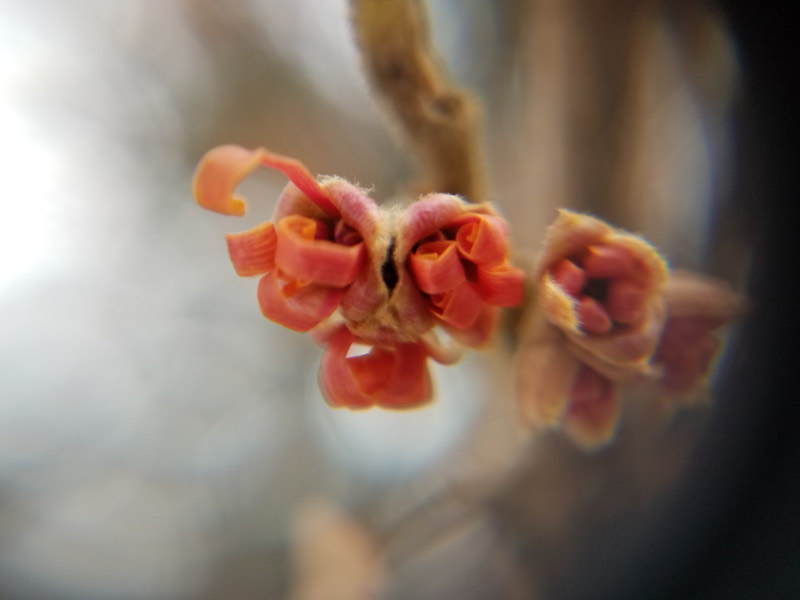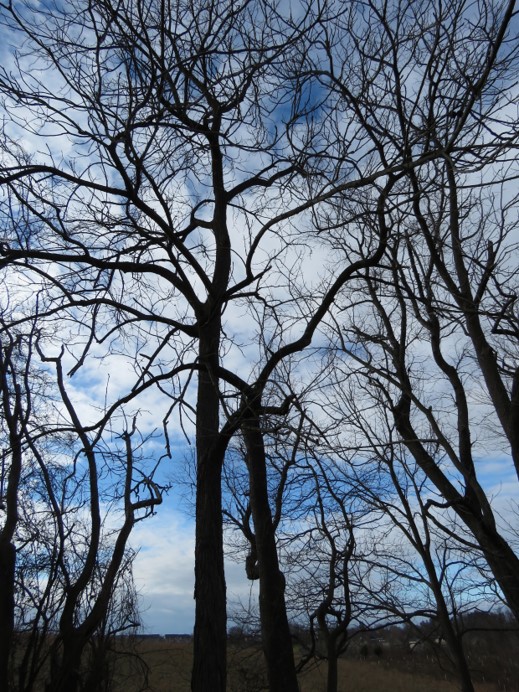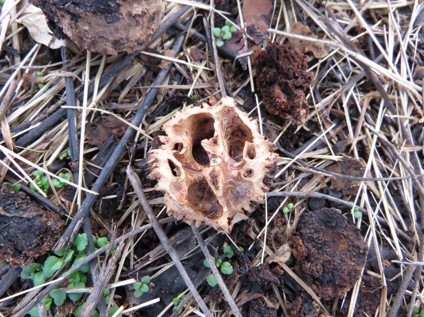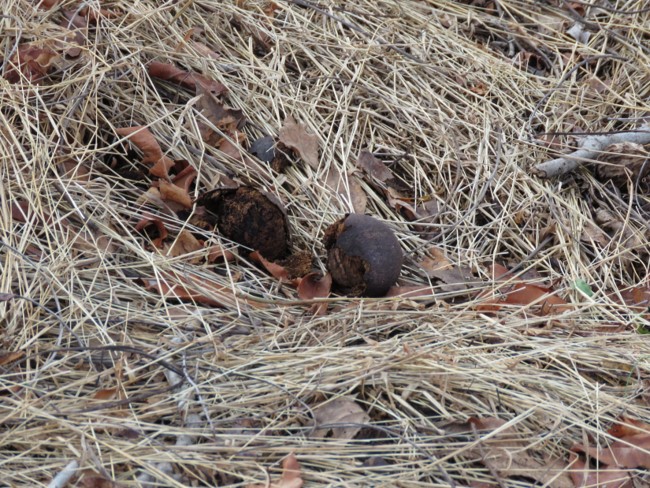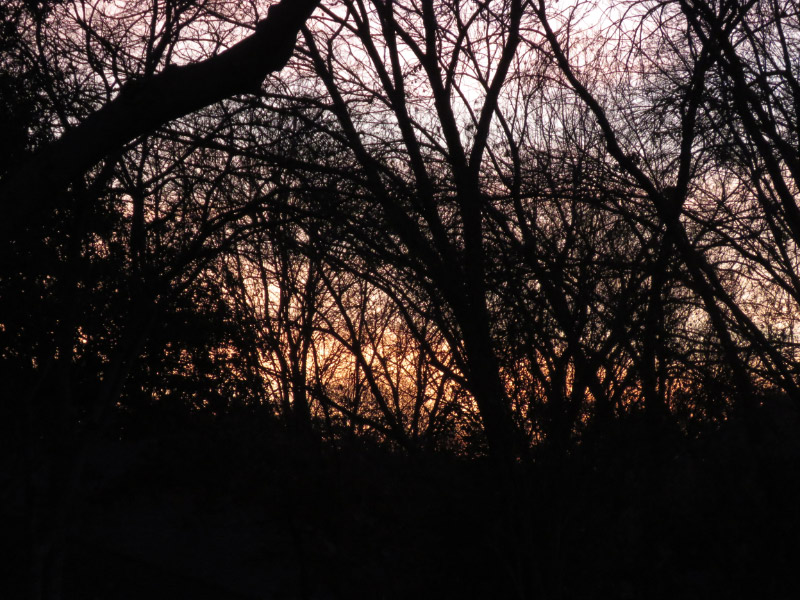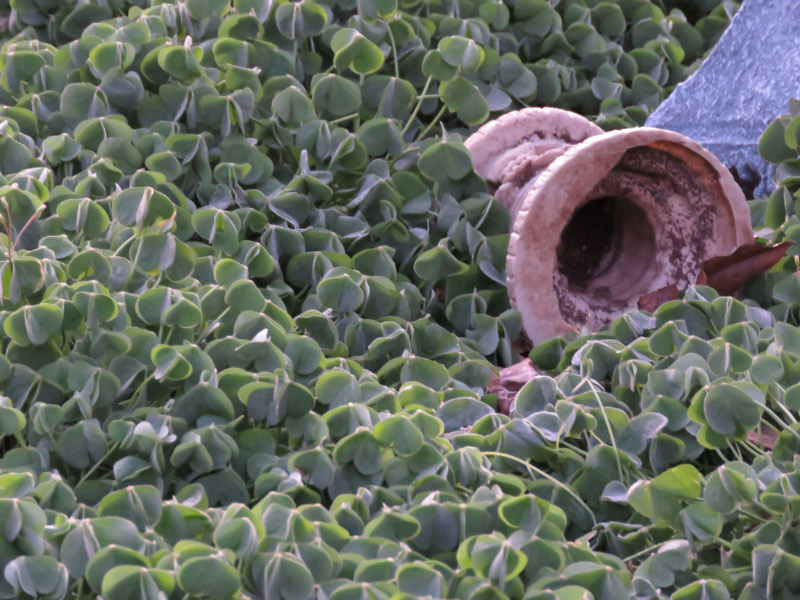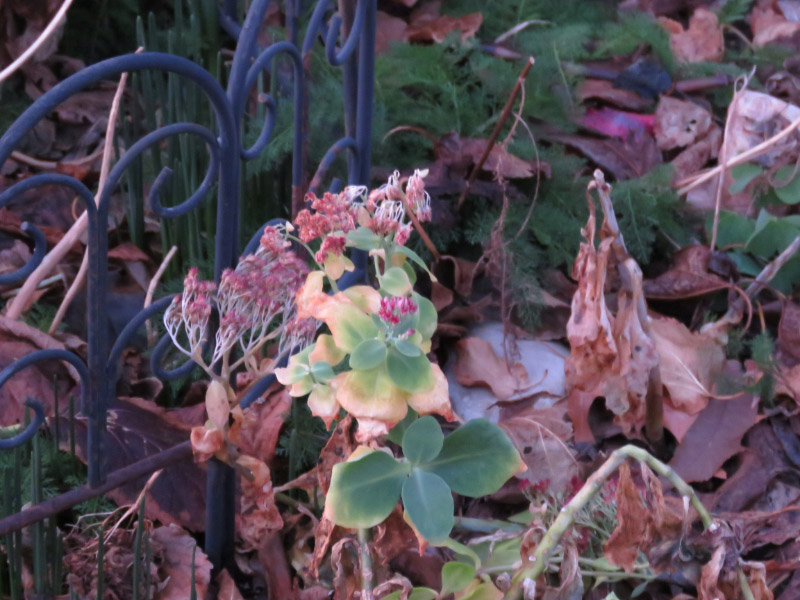The items below were ‘the cream’ of the articles and websites I found this past week. Click on the light green text to look at the article.
Chasing Little Frost Trees in a Prairie Wetland | The Prairie Ecologist – We haven’t have many days for me to look for frost trees here in Maryland this year. This is always a matter of taking advantage of a frosty sunny day when it’s fun to look for interesting frost formations on exposed surfaces – grass – windshields, etc.
Stoneflies and mayflies, canaries of our streams – It’s great to see an article about the adult forms of the insects we collect as macroinvertebrates (larval form) when we do water quality monitoring either quarterly or with high school students on a field trip to a river.
Earthquakes in and around Yellowstone: How Often Do They Occur? – There are lots of them! About 5 that are strong enough to be felt have happened each year over the past decade.
Top strategies for successful weight loss maintenance-- ScienceDaily - Choosing healthy food, tracking what you eat and using positive self-talk….seems like common sense, but it is not ‘easy’ and so we struggle on. It comes down to making changes for the long term rather than just for a little while. New habits are always tough but, once truly habitual, become just the way be live our lives.
Eero Järnefelt, painter of Finnish nature | Europeana Blog – Images of the natural world in the late 1800s. Koli National Park in eastern Finland was visited by the painter frequently.
Sustainable Farming Comes to America's Heartland | CleanTechnica – Iowa farmers…leading with their actions…responding to climate and environmental changes to farm better.
Can we heat buildings without burning fossil fuels? - BBC Future – Capturing heat from nearby places…using it for heating. It’s geothermal in the cities!
Bloom in McMurdo Sound – Green swirls in the water off Antarctica (some of the green color might be on the ice as well.
Camera Trap Chronicles: Cool Critters of New Hampshire – Maybe sometime we’ll put our camera, currently pointed at the birdfeeder, in another location….see what comes into our backyard. I know we have deer but there could be other things as well. Our camera already picked up what looked like a racoon on our deck.
Top 25 birds of the week: groups of birds – Beautiful birds…a good ‘last addition’ to the gleanings list this week.

